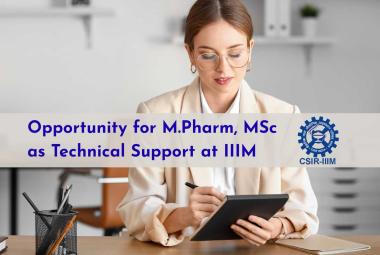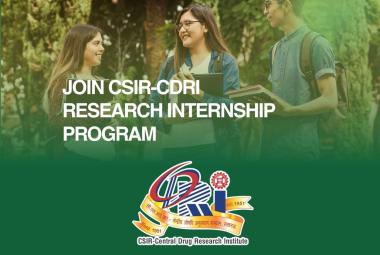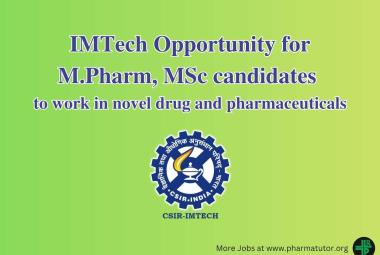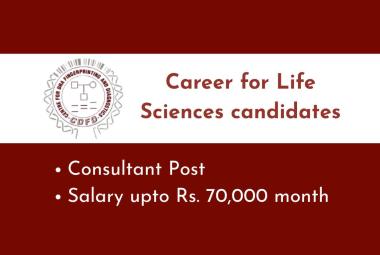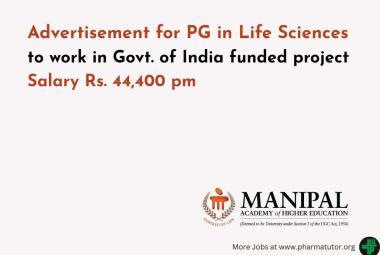INTRODUCTION TO STEM CELL CRYOPRESERVATION – A NEWER PHENOMENON OF ENSURING THE LONGEVITY OF CHILD HEALTH: A CLINICAL REVIEW
 About Authors:
About Authors:
Mr. Satyanand Tyagi*, Raghvendra1, Amlan Mishra2, Patel Chirag J3, Asheesh Singh4
*President, Tyagi Pharmacy Association & Scientific Writer (pharmacy), Chattarpur, New Delhi, India-110074.
Prof. Satyanand Tyagi is a life time member of various pharmacy professional bodies like IPA, APTI and IPGA. He has published various research papers and review articles. His academic works include 51 Publications (43 Review Articles and 08 Research Articles of Pharmaceutical, Medicinal and Clinical Importance, published in standard and reputed National and International Pharmacy journals; Out of 51 publications, 11 are International Publications).
He has published his papers almost in different specialization of Pharmacy field...His research topics of interest are neurodegenerative disorders, diabetes mellitus, cancer, rare genetic disorders as well as epilepsy.
1Department of Pharmaceutics, Aligarh College of Pharmacy, Aligarh, U.P, India-202001.
2Department of Pharmacology, Smt. Vidyawati College of Pharmacy, Jhansi, U.P, India-284128.
3Department of Pharmaceutics, Maharishi Arvind Institute of Pharmacy, Mansarovar, Jaipur, Rajasthan, India-302020.
4Research Associate, Center for Research and Development, Ipca Laboratories Ltd Ratlam, Madhya Pradesh, India-457114.
*sntyagi9@yahoo.com, +91-9871111375 / 9582025220
ABSTRACT:
The umbilical blood cord being rich in stem cells needs to be preserved by means of a new technique called cryopreservation. The Process whereby whole tissues or cells are preserved by cooling at very low temperatures is known as Cryopreservation. Stem cell cryopreservation is a relatively new phenomenon; it is one way of ensuring the longevity of child’s health. This is done by banking the baby’s umbilical cord blood affluent with stem cells. Stem cells are important as they can grow into tissues, even organs like the heart or liver. What is more, they have the awesome potential to revamp damaged tissues.
Till date, over seventy diseases have been successfully treated with the help of stem cell stored in the cord blood. Research on stem cells has, by no means, abated. Scientists realizing their potential and worth are carrying out intensive research on their uses as well as ways preservation. Before preserving stem cells, a biological test is carried out to eschew the possibility of deadly diseases like various types of Hepatitis or HIV. That done, the cord blood cells are now stored by means of the technique under discussion- Cryopreservation. This technique involves adding a cryopreservant that lets the blood freeze gradually. The blood is frozen to sub-zero degree temperatures so that biochemical reactions or any other dangerous biological that could cause cell death may be arrested. Typically, the cells are stored at temperatures as low as -196, – 156, or – 120 degrees centigrade. Freezing stem cells through cryopreservation at such low temperatures is supposed to ensure their longevity. Let it be known, however, that scientists are still divided over the optimum temperatures as well as the efficacy of the cryopreservation technique itself. The aim of present article is to provide in depth knowledge about this technique of preserving stem cells of child i.e. the technique so called “Cryopreservation”. An attempt is also made to focus how this technique ensures the longevity of child’s health.



 About Authors:
About Authors:  About Authors:
About Authors: 
 About Authors:
About Authors: About Authors:
About Authors: 